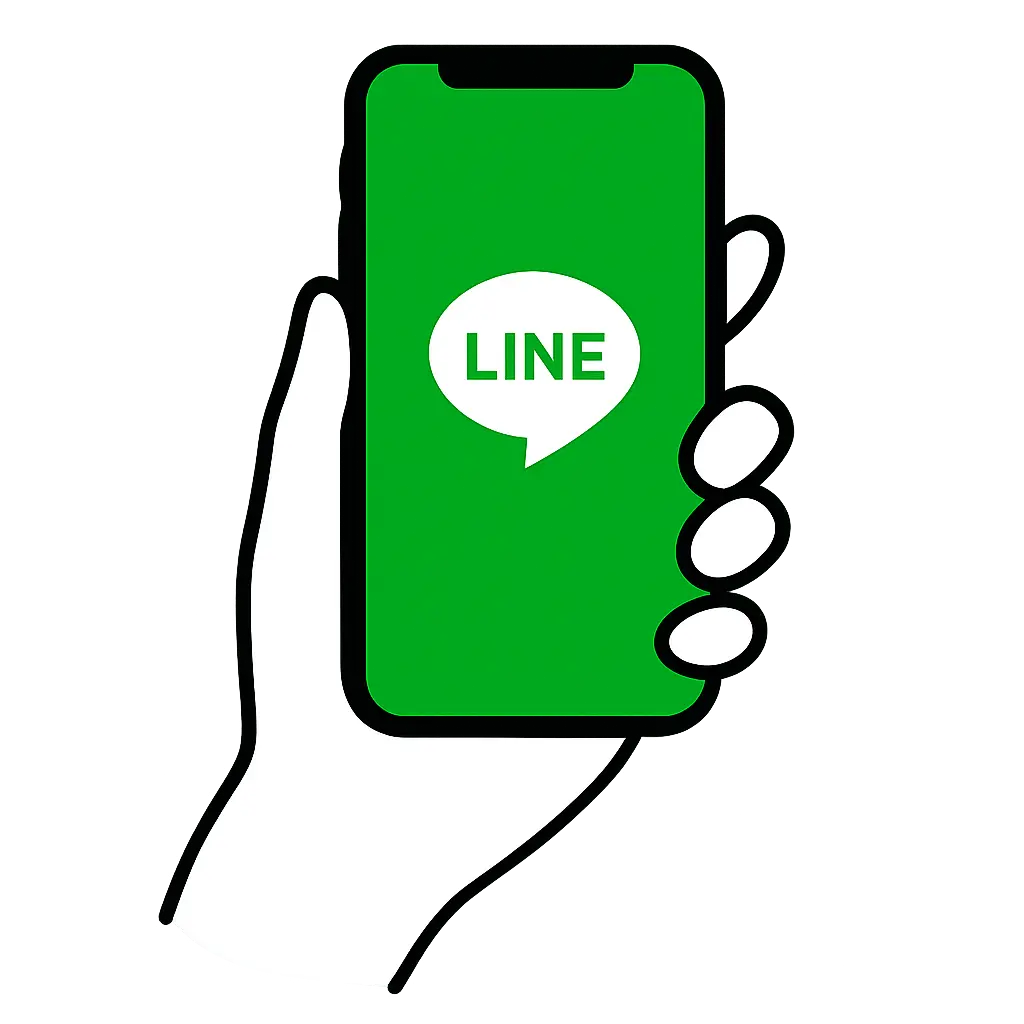
Link & Add Guidable on LINE
Recruiter will contact you
Continue

The Japanese-Language Proficiency Test (JLPT) is a globally recognized examination that measures the proficiency of non-native Japanese speakers. The N4 level is considered an intermediate stage, where learners are expected to understand and use everyday expressions and basic grammatical structures. To succeed in the JLPT N4 exam, a strong grasp of essential grammar is crucial. In this article, we'll introduce some of the key grammar points you need to know to pass the N4 level and enhance your Japanese language skills.
One of the first grammar structures you’ll encounter at the N4 level is "〜たり〜たりする." This form is used to list multiple actions or states that happen, though not necessarily in any specific order. It implies that the actions occur among other possible activities, similar to saying "do things like A and B" in English.
ENG: "On weekends, I watch movies, go shopping, and so on."
JPN: 週末は映画を見たり、買い物をしたりします。(Shūmatsu wa eiga o mitari, kaimono o shitari shimasu.)
This structure is flexible and helps you describe a variety of actions without needing to list every single thing you do, making it a versatile tool for everyday conversation.
The structure "〜ように" is used to express purpose or to indicate that something is done in a certain way so that a specific result can be achieved. It often follows a verb in the dictionary form or potential form.
ENG: "Let’s wash our hands well so that we don’t catch a cold."
JPN: 風邪を引かないように、手をよく洗いましょう。(Kaze o hikanai yōni, te o yoku araimashou.)
This grammar point is essential for expressing intentions and desired outcomes, which is especially useful in giving advice or making suggestions.
Expressing uncertainty or possibility is an important skill in any language. The structure "〜かもしれない" is used to indicate that something might happen or that something is possible, though the speaker is not certain.
ENG: "He might not come."
JPN: 彼は来ないかもしれません。(Kare wa konai kamoshiremasen.)
This form is frequently used in conversation and writing, helping you express doubts, possibilities, and guesses.
"〜ながら" is a structure used to describe two actions happening simultaneously, much like "while" in English. The first verb, in the stem form, describes the action that occurs alongside the main action in the sentence.
ENG: "I study while listening to music."
JPN: 音楽を聞きながら勉強します。(Ongaku o kikinagara benkyou shimasu.)
This construction is useful for discussing multitasking or describing two concurrent activities.
The "〜てしまう" structure is used to express the completion of an action, often with a sense of regret or inevitability. It can also mean that something was done unintentionally.
ENG: "I accidentally forgot my homework."
JPN: 宿題を忘れてしまいました。(Shukudai o wasurete shimaimashita.)
Understanding this form is important for expressing completed actions and the emotions associated with them, whether intentional or accidental.

When you want to express your intentions or plans, the structure "〜ようと思う" is what you need. This phrase is used to indicate what the speaker intends to do or is thinking about doing.
ENG: "I’m thinking of studying abroad in Japan next year."
JPN: 来年日本に留学しようと思っています。(Rainen Nihon ni ryūgaku shiyou to omotteimasu.)
This grammar point is fundamental for discussing future plans and aspirations.
The "〜そうだ" structure is versatile, but here we’ll focus on its use for reporting hearsay. When you want to share something you heard from another source, this is the structure to use.
ENG: "According to the teacher, there’s no class tomorrow."
JPN: 先生によると、明日は休みだそうです。(Sensei ni yoru to, ashita wa yasumi da sō desu.)
This is particularly useful for discussing rumors, reports, or information received from others.
The conditional "ば" form is a staple in Japanese grammar, used to express "if" or "when" something happens. This form is a bit more formal and is often used in hypothetical or predictive statements.
ENG: "If it rains, the picnic will be canceled."
JPN: 雨が降れば、ピクニックは中止です。(Ame ga fureba, pikunikku wa chūshi desu.)
Mastering this structure is key to discussing conditions and consequences.
Similar to "ば," "たら" is another conditional form used for "if" or "when." However, "たら" can also imply that something happens after another action is completed.
ENG: "Let’s go out and play after we finish our homework."
JPN: 宿題が終わったら、遊びに行きましょう。(Shukudai ga owattara, asobi ni ikimashou.)
This form is highly useful for making plans or discussing sequences of events.
"~てみる" is used to indicate trying something out to see what happens, similar to "try to" or "try doing" in English.
ENG: "I’ll try going to this new restaurant."
JPN: この新しいレストランに行ってみます。(Kono atarashii resutoran ni itte mimasu.)
This grammar point is common in everyday conversation, helping you express curiosity or the desire to experiment with something new.
The JLPT N4 level introduces a variety of essential grammar structures that are crucial for effective communication in Japanese. From expressing intentions with "〜ようと思う" to describing possibilities with "〜かもしれない," these grammar points are foundational to your Japanese language journey. Mastering them will not only prepare you for the JLPT N4 exam but also help you build a solid base for more advanced study. Practice these structures regularly, and you’ll find yourself becoming more confident and capable in using Japanese in both spoken and written contexts.
Click HERE to exercise JLPT N4
Written by

Mastering Japanese: Essential Words with illustrations to pass N5 Level in JLPT